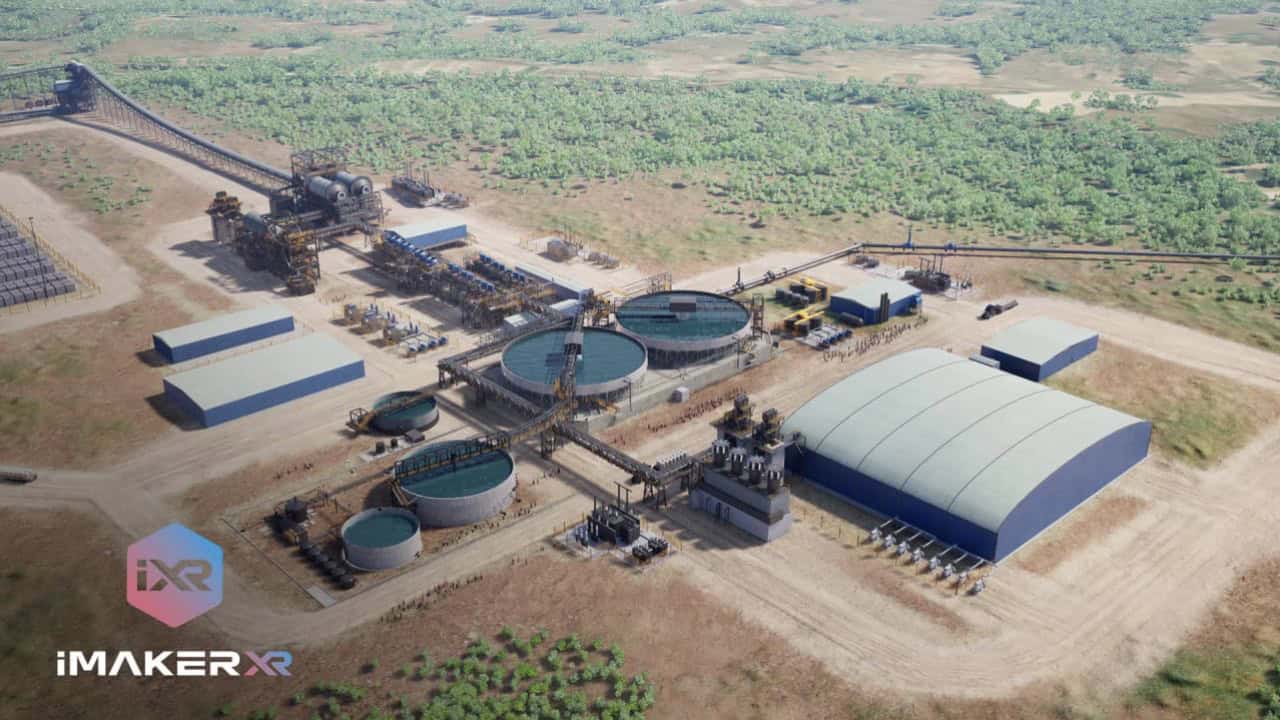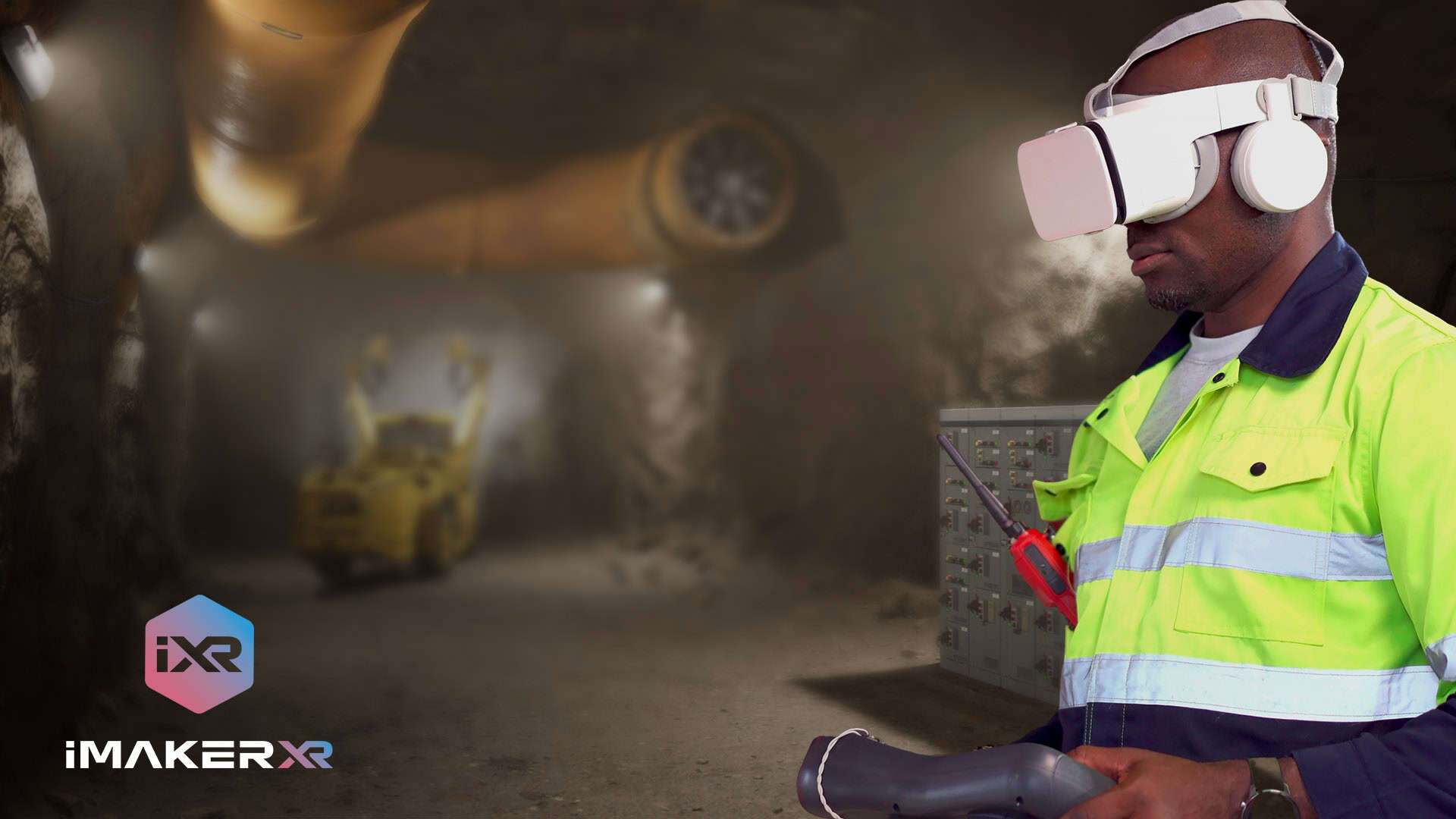

Safety animation uses engaging animated visuals to communicate important safety information clearly. You’ll find that it improves your understanding of safety protocols by presenting procedures in a dynamic format. This form of communication is more memorable than traditional text-heavy manuals, making it easier to retain critical information. Safety animation is widely applied in various industries, including construction and healthcare, and is often employed for training simulations and emergency procedure demonstrations. If you’re curious about how to create effective safety animations and their specific applications, there’s much more to explore!
Safety animation refers to the use of animated visuals to convey significant safety information, often in a clear and engaging way. By integrating dynamic graphics and simple narratives, safety animations enhance your understanding of safety protocols. Instead of relying solely on text-heavy manuals, you can absorb essential information more effectively through visual learning.
This approach not only simplifies complex concepts but also improves risk communication. When you see a safety procedure illustrated through animation, it becomes easier to grasp the necessary steps and precautions. You’re more likely to remember this information when it’s presented in a visually stimulating manner.
Moreover, safety animation contributes to training effectiveness. It captures your attention and keeps you engaged, which is fundamental in ensuring that you fully comprehend safety measures. With increased audience engagement, you’re less likely to overlook important details, leading to a safer environment overall.
In an age where information overload is common, safety animations stand out as an effective tool for conveying critical information. By utilizing this method, you’re making a proactive choice to prioritize safety and guarantee that everyone involved understands the importance of adhering to established protocols.
Engaging animations can transform how you perceive and understand safety protocols. By utilizing effective engagement techniques, these animations capture your attention, making it easier for you to absorb vital safety information. Visual storytelling plays an important role here, as it illustrates complex concepts in a straightforward manner, allowing you to grasp essential safety measures quickly.
One notable benefit is improved audience retention. When you watch a well-crafted safety animation, you’re more likely to remember the information presented because it’s visually stimulating and memorable. This heightened retention translates into better risk communication, ensuring you understand the potential hazards and necessary precautions in your environment.
Moreover, safety animations enhance training effectiveness. Traditional training methods may not engage you fully, but animations keep you actively involved, resulting in a more productive learning experience. You’re not just a passive observer; you’re part of the narrative, which fosters a deeper connection to the material.
Incorporating safety animations into your training program can greatly elevate your understanding and application of safety protocols, ultimately leading to a safer environment for everyone involved.
Numerous industries have begun to harness the power of animation to enhance safety training and protocols. In sectors like construction, healthcare, and manufacturing, animated training simulations provide a dynamic way to engage employees in safety practices. By visualizing complex scenarios, you can better grasp risk assessment and recognize potential hazards before they escalate.
Animations help illustrate emergency procedures, allowing you to see how to respond effectively in crisis situations. This approach not only makes safety training more interactive but also reinforces workplace compliance by ensuring everyone understands their roles during emergencies. You’ll find it easier to remember safety protocols when they’re presented through engaging visuals.
In addition, hazard identification becomes more intuitive with animated demonstrations. You can learn to spot risks that might be overlooked in traditional training methods. Overall, by integrating safety animation into your industry practices, you’re fostering a culture of safety that prioritizes awareness and preparedness. Embracing this innovative approach not only enhances your safety training but also equips you with the tools to create a safer workplace for everyone involved.
When it comes to creating effective safety animations, understanding your audience is key. You’ll want to tailor your approach to guarantee your message resonates and promotes safety awareness. Here are some essential steps to guide you:
While many safety animations aim to inform, a few standout examples truly excel in delivering their messages effectively. One such example is the animated hazards series used in workplace training. These animations utilize visual storytelling to clearly depict potential dangers, making it easier for employees to recognize risks in their environment.
Another notable example is the safety demonstration animations used by airlines. These animations simplify complex emergency procedures, guaranteeing passengers understand what to do in case of an emergency. By using engaging visuals and straightforward narratives, they enhance risk communication and guarantee everyone is prepared.
Additionally, many organizations have developed training tools that incorporate safety animations. These tools not only educate employees about potential hazards but also make learning interactive and memorable. For instance, some fire safety training animations show step-by-step evacuation plans, allowing viewers to visualize their escape routes.
In each of these examples, the effectiveness of safety animations lies in their ability to convey critical information quickly and clearly. By combining animated hazards with engaging storytelling, these animations help foster a safer environment, equipping individuals with the knowledge they need to respond appropriately in emergencies.
In summary, safety animation plays an essential role in enhancing understanding and retention of safety protocols across various industries. By engaging viewers and simplifying complex information, these animations help prevent accidents and promote a culture of safety. Whether you’re in construction, healthcare, or manufacturing, incorporating safety animations can greatly improve training outcomes. So, consider leveraging this powerful tool to keep your team informed and safe, ultimately fostering a more secure work environment for everyone.

